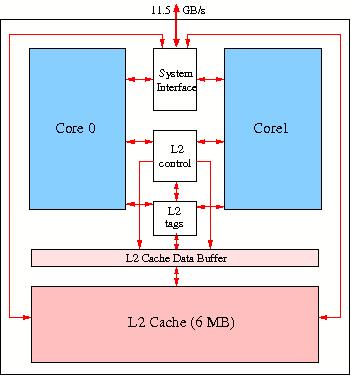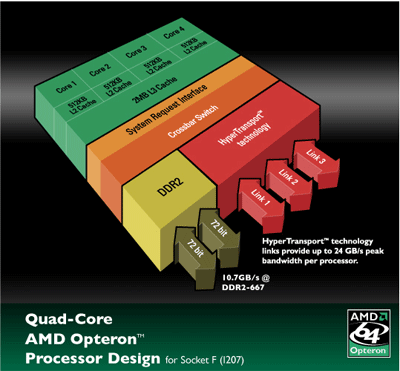Cache (pronounced cash) memory is extremely fast memory built into a computer CPU, or located next to it on a separate chip. The CPU uses cache memory to store instructions that are repeatedly required to run programs, to improve system speed. 
The advantage of cache memory is that the CPU does not have to use the motherboard’s system bus for data transfer.
As long as most memory accesses are cached memory locations, the average latency of memory accesses will be closer to the cache latency than to the latency of main memory.
When the processor needs to read from or write to a location in main memory, it first checks whether a copy of that data is in the cache. If so, the processor immediately reads from or writes to the cache, which is much faster than reading from or writing to main memory.
Modern CPUs have at least three independent caches: an instruction cache to speed up executable instruction fetch, a data cache to speed up data fetch and store, and a translation lookaside buffer used to speed up virtual-to-physical address translation for both executable instructions and data.

 ශිල්ප 64
ශිල්ප 64